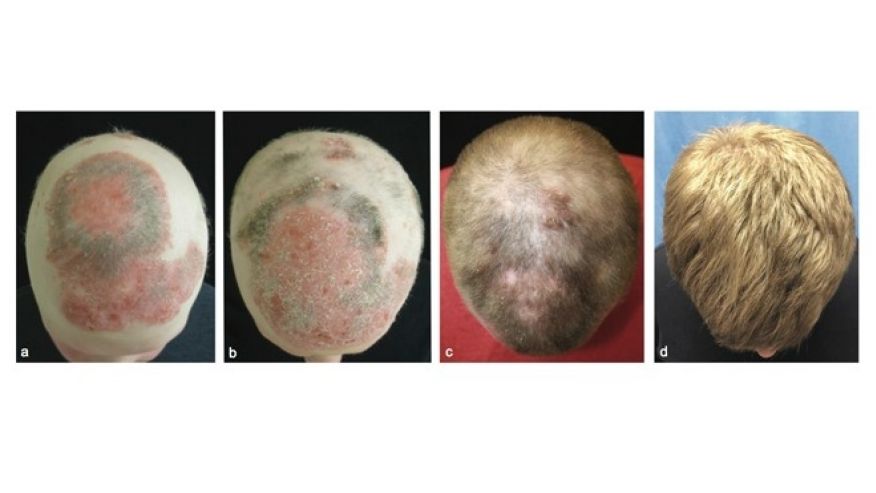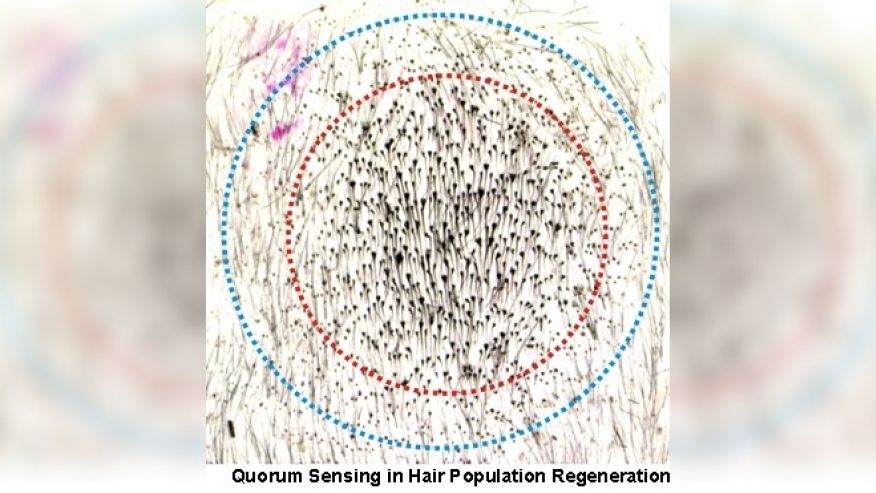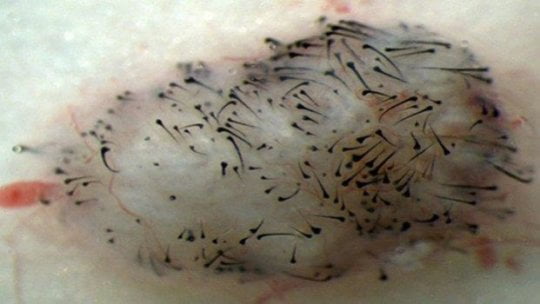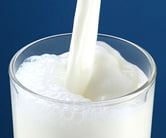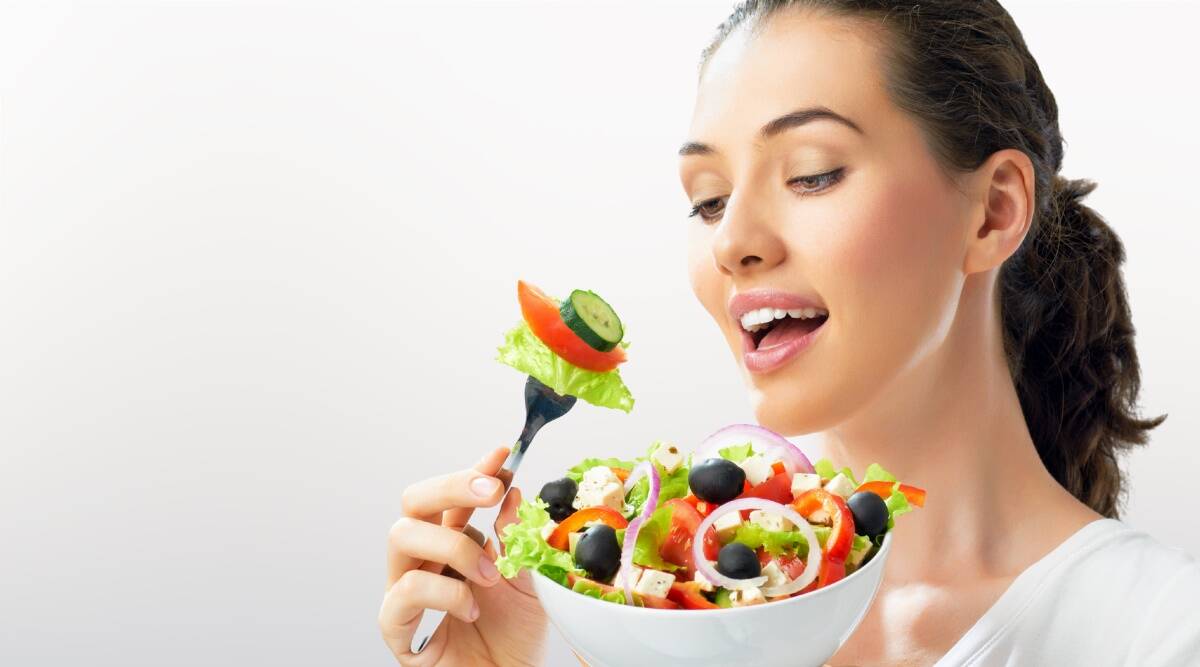 Grains are a staple in most traditional diets, but a growing number of people are cutting out this food group.
Grains are a staple in most traditional diets, but a growing number of people are cutting out this food group.
Some do so due to allergies or intolerances, while others opt for a grain-free diet in an attempt to lose weight or improve their health.
This way of eating is purported to offer various health benefits, from improved digestion to reduced inflammation and blood sugar levels. However, it may also have drawbacks and may be unsuitable for some.
This article takes a critical look at a grain-free diet, including its benefits and potential drawbacks.
What is a Grain-Free Diet?
A grain-free diet eliminates all grains, as well as foods derived from them.
This includes gluten-containing grains like wheat, spelt, barley, rye, and triticale, as well as non-glutenous ones like dried corn, millet, rice, sorghum, and oats.
Moreover, unlike fresh corn, which is considered a starchy vegetable, dried corn is viewed as a grain. Therefore, foods made from corn flour are also avoided.
Plus, some people may choose to exclude ingredients derived from grains, such as rice syrup or high-fructose corn syrup. However, this is not a strict requirement of such a diet.
Summary
A grain-free diet eliminates all grains, including wheat, spelt, barley, rye, dried corn, millet, rice, and oats, as well as foods — and sometimes even ingredients — derived from them.
How to Follow a Grain-Free Diet?
To follow a grain-free diet, you need to exclude all grains, as well as grain-derived foods, from your diet. This includes bread, pasta, muesli, oatmeal, rice cakes, breakfast cereals, pastries, and cookies.
That said, most grain-free diets permit small amounts of pseudocereals, such as quinoa, amaranth, and buckwheat. Pseudocereals can be prepared and eaten similarly to grains, but they are not technically considered grains.
A grain-free diet can be naturally low in carbs, but this isn’t a requirement. Those who wish to include more carbs can get them from fruits, legumes, and starchy vegetables, such as potatoes, squash, and fresh corn.
There are no restrictions regarding non-grain-based foods.
Therefore, you may include as much meat, fish, eggs, nuts, seeds, sugar, fats, or dairy as you wish — though proponents of grain-free diets tend to discourage eating overly processed foods.
Summary
Grain-free diets exclude all grains and grain-derived products but allow for small amounts of pseudocereals. They can include as much fruit, vegetables, meat, eggs, dairy, legumes, nuts, seeds, sugar, and fat as you wish.
Benefits of a Grain-Free Diet
A grain-free diet may offer several health benefits.
May Help Treat Certain Health Conditions
A grain-free diet is most commonly followed by those with certain autoimmune diseases, and several studies support its use in these cases.
For example, celiac disease is an autoimmune disorder that affects around 1% of the Western population. It causes your body to mistake gluten, a protein in wheat, as a threat, sending your immune system into overdrive (1Trusted Source).
This can lead to gut inflammation, which in turn can cause severe nutrient deficiencies and other digestive issues. People with celiac disease must exclude all gluten-containing grains from their diet (2Trusted Source, 3Trusted Source).
Similarly, some people are allergic to wheat and must avoid all foods containing it. Others may be intolerant to gluten or other compounds in grains despite not having celiac disease or a wheat allergy. (4Trusted Source).
People with such a gluten intolerance commonly report symptoms like stomach pain, bloating, constipation, diarrhea, eczema, headaches, or fatigue when eating grains and may benefit from excluding them from their diet (5Trusted Source, 6Trusted Source, 7Trusted Source, 8Trusted Source).
Finally, in a 6-week study in people with inflammatory bowel disease (IBD), following a grain-free diet improved symptoms in 73% of participants (9Trusted Source).
May Reduce Inflammation
Grains may contribute to inflammation, which is believed to be the root cause of many chronic diseases.
Some test-tube, animal, and human studies suggest a link between daily intake of wheat or processed grains and chronic inflammation (10Trusted Source, 11Trusted Source, 12Trusted Source).
However, not all studies agree (13Trusted Source).Trusted Source
The lack of consensus may be explained by the type of grain researched. For instance, while refined grains may increase inflammation, whole grains appear to have very little effect on inflammation, and in some cases, may even lower it (13Trusted Source, 14Trusted Source, 15Trusted Source, 16Trusted Source).
Moreover, cutting out grains may cause some people to naturally increase the quantity or variety of fruits and vegetables they eat — both of which may help reduce inflammation (17Trusted Source, 18Trusted Source, 19Trusted Source).
Still, it’s worth noting that whole grains may offer anti-inflammatory benefits of their own. Unless you have celiac disease, wheat allergy, or gluten intolerance, you likely don’t need to completely cut out grains to successfully fight inflammation (20Trusted Source).
May Enhance Weight Loss
A grain-free diet may promote weight loss, likely because it’s naturally devoid of processed grains found in calorie-rich, nutrient-poor foods like white bread, white pasta, pizza, doughnuts, cookies, and other baked goods.
What’s more, cutting a whole food group out of your diet may reduce your overall daily calorie intake, creating the calorie deficit needed to lose weight.
Yet, research clearly shows that, as long as you create a calorie deficit, you will lose weight regardless of whether your diet contains grains. In fact, evidence suggests that eating whole grains may promote weight loss and boost your metabolism (21Trusted Source, 22Trusted Source, 23Trusted Source, 24Trusted Source).
Therefore, cutting out all grains from your diet is not a requirement for weight loss.
May Lower Blood Sugar Levels
Grains are naturally rich in carbs.
Thus, diets rich in grains may cause problems for people who have a difficult time dealing with large amounts of dietary carbs, such as those with diabetes or metabolic syndrome.
Refined grains, such as those found in white bread, white pasta, and many other processed foods, are particularly problematic, as they’re devoid of fiber.
This leads them to be digested very quickly, generally causing a spike in blood sugar levels shortly after a meal (25Trusted Source, 26Trusted Source).
That said, fiber-rich whole grains may help stabilize and prevent spikes in blood sugar levels. Therefore, cutting out all grains is not the only way to lower blood sugar levels (25Trusted Source, 27Trusted Source, 28Trusted Source).
Other Potential Benefits
A grain-free diet may also offer other health benefits:
- May improve mental health. Studies link gluten-containing diets to anxiety, depression, mood disorders, ADHD, autism, and schizophrenia. However, it’s currently impossible to know whether grains caused these disorders (29Trusted Source, 30Trusted Source).
- May help alleviate pain. Gluten-free diets may help reduce pelvic pain in women with endometriosis, a disorder that causes the tissue lining the inside of the uterus to grow outside of it (8Trusted Source, 31Trusted Source).
- May reduce symptoms of fibromyalgia. A gluten-free diet may help reduce the widespread pain experienced by people with fibromyalgia (32Trusted Source).
Despite promising preliminary results, more studies are needed to confirm these effects.
It’s also worth noting that most of these studies only looked at the effect of gluten-containing grains. There’s no evidence to suggest that it’s necessary to exclude all grains from your diet to attain these benefits.
Summary
A grain-free diet may reduce inflammation, aid weight loss, and improve digestion and blood sugar levels. It may also promote mental health and alleviate pain in people with fibromyalgia or endometriosis, though more research is needed.
Potential Downsides
A grain-free diet may also come with certain downsides.
May Increase Your Risk of Constipation
A diet devoid of grains, particularly fiber-rich whole grains, may limit your intake of fiber.
Unprocessed grains are a particularly good source of insoluble fiber. This type of fiber adds bulk to your stools, helping food move through your gut more easily and reducing your risk of constipation (33Trusted Source).
If you’re following a grain-free diet, try increasing your intake of fiber-rich foods like fruits, vegetables, legumes, nuts, and seeds to lower this risk (34Trusted Source).
May Limit Nutrient Intake
Whole grains are a good source of nutrients, particularly fiber, B vitamins, iron, magnesium, phosphorus, manganese, and selenium (35, 36, 37).
On the other hand, processed grains, whose bran and germ have been removed, lack most of their fiber, vitamins, minerals, and other beneficial plant compounds (38Trusted Source).
Studies show that unnecessarily following a grain-free diet may increase your risk of nutrient deficiencies, particularly in B vitamins, iron, and trace minerals (39Trusted Source).
You may be able to prevent this to a certain degree by increasing your intake of pseudocereals like quinoa, amaranth, and buckwheat, as these tend to contain many of the same nutrients as whole grains (40, 41, 42).
In addition, increasing your intake of other foods, such as fruits, vegetables, nuts, seeds, legumes, meat, fish, and eggs, can help make up for any nutrients no longer provided by grains.
May Be Unnecessarily Restrictive
Though research supports the benefits of excluding specificgrains from certain people’s diets, evidence on the benefits of excluding allgrains from everyone’s diet is lacking.
Plus, most of the benefits linked to a grain-free diet can be achieved in ways that don’t require cutting out an entire food group.
Moreover, excluding all grains from your diet can reduce variety and make your diet unnecessarily restrictive, both of which may make this way of eating less sustainable in the long term.
What’s more, unnecessarily demonizing grains under the disguise of health may serve to promote extreme fixation on healthy eating, which is common in people with orthorexic disordered eating behaviors (43Trusted Source).
Summary
Grain-free diets may limit nutrient intake, increase your risk of constipation, and be difficult to sustain in the long term. Unnecessarily demonizing grains for purported health reasons may also promote orthorexic eating behaviors.
Foods to Eat
The following food categories can be included on a grain-free diet:
- Fruits. All types of fruit are allowed, whether fresh, dried, or frozen.
- Vegetables. These can be eaten raw, cooked, or incorporated into salads or soups. Starchy vegetables like potatoes, squash, and fresh corn are good, carb-rich alternatives to grains.
- Protein-rich animal products. This category includes meat, fish, seafood, eggs, and dairy products like milk, cheese, and yogurt.
- Protein-rich plant foods. Legumes, tofu, tempeh, edamame, natto, soymilk, soy yogurt, and mock meats devoid of grain-based ingredients can be enjoyed on a grain-free diet.
- Pseudocereals. This includes quinoa, buckwheat, and amaranth.
- Nuts and seeds. This includes all types of nuts and seeds, as well as butters and flours made from them.
- Non-grain-based flours and foods made from them. Almond, flaxseed, chickpea, soy, red lentil, and coconut flour, as well as noodles, bread, and other baked goods made from them, are permitted.
- Fats. These include olive oil, butter, coconut oil, and avocado oil.
You may also choose to include marinades and salad dressings as added fats, as well as sweeteners, such as sugar, maple syrup, or honey. Still, you’re encouraged to focus on whole, minimally processed foods.
Summary
A grain-free diet allows most foods, as long as they’re devoid of grains. This includes fruits, vegetables, legumes, meat, fish, seafood, eggs, dairy, pseudocereals, nuts, seeds, and non-grain-based flours.
Foods to Avoid
Grain-free diets generally exclude the following food categories:
- Most baked goods: grain-based breads, bagels, tortillas, tacos, pizza, etc.
- Most pastries: grain-based doughnuts, cookies, croissants, muffins, etc.
- Most noodles: pasta, rice noodles, ramen noodles, udon noodles, etc.
- Breakfast cereals: muesli, oatmeal, cream of wheat, etc.
- Grain-based flours: all-purpose flour, graham flour, corn flour, and rice flour, as well as all foods made from them
- Many snack foods: popcorn, crackers, muesli bars, rice crackers, etc.
- Grain-based side dishes: rice, orzo, millet, couscous, polenta, etc.
- Grain-based meat replacement: seitan, etc.
- Grain-based milk alternatives: oat milk, rice milk, etc.
You may also want to avoid grain-based alcoholic beverages, such as beer, gin, whiskey, sake, and Scotch, as well as foods containing grain-derived ingredients like rice syrup or high-fructose corn syrup.
Summary
A grain-free diet excludes all grain-containing foods. It may also limit the intake of alcoholic beverages derived from grains or foods containing grain-derived ingredients.
Sample Menu
Here’s a typical 3-day menu suitable for a grain-free diet.
Day 1
- Breakfast: egg or tofu scramble with plenty of vegetables and homemade hash browns
- Lunch: salad topped with your choice of veggies, cooked amaranth, smoked tofu, or salmon, and a raspberry vinaigrette dressing
- Dinner: coconut-lime curry with shrimp or marinated tempeh on a bed of cauliflower rice
Day 2
- Breakfast: smoothie made with milk (or a plant-based, grain-free alternative), frozen mango, flax seeds, spinach, and an optional scoop of protein powder
- Lunch: hearty pumpkin, carrot, and white-bean soup topped with roasted cashew nuts
- Dinner: oven-baked sweet potato, topped with chili, fresh corn, chopped lettuce, guacamole, and salsa
Day 3
- Breakfast: mini breakfast quiches with spinach
- Lunch: bun-less meat or veggie burger, topped with roasted peppers, hummus, avocado, and a side of buckwheat pasta salad
- Dinner: spiralized zucchini noodles topped with a meat or tofu Bolognese sauce, roasted pine nuts, and Parmesan or nutritional yeast
Summary
A well-balanced grain-free diet can include a variety of fruits, vegetables, nuts, seeds, and legumes, as well as some meat, fish, seafood, eggs, and dairy.
Easy Grain-Free Snacks
Here are a few simple yet nutritious grain-free snack ideas to tide you over between meals:
- fresh fruit with yogurt
- trail mix
- chia pudding
- flax crackers with olive tapenade
- smoothies
- grain-free nut and fruit bars
- kale chips
- hummus and veggies
- seaweed snacks
- almond-flour muffins
- apple chips
- nut butter fruit dip
- homemade frozen yogurt popsicles
- coconut, date, and nut balls
Summary
There are many ways to include snacks on a grain-free diet. The combinations above can be used to help tide you over between meals.
The Bottom Line
Though limiting certain grains may benefit some health conditions, cutting out all grains is unnecessary for most people and can even be detrimental to your health.
Plus, the purported benefits of a grain-free diet can often be achieved in ways that don’t require cutting out an entire food group from your diet.
Therefore, it’s worth considering whether this diet offers you more pros than cons before giving it a try.
[“source=ecowatch”]

